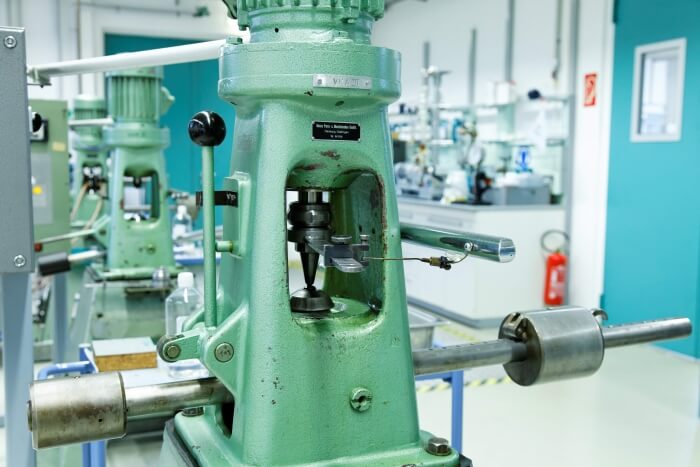


What is the shear stability of oil?
Shear stability describes the property of an oil to resist the action of shear forces and the related mechanical destruction by breaking and tearing. It is the resistance to changes in viscosity.
To make oils such as engine oils, transmission oils or hydraulic oils more resistant for use in different temperature ranges, additives such as VI improvers are added to them. The additives improve the viscosity-temperature behaviour of the lubricant. The VI improvers consist of oil-soluble polymers, which have a linear, lattice or net-like structure.
If these polymers are destroyed by mechanical stress, the viscosity of the lubricating oil changes. The oil becomes thinner and may no longer be able to lubricate as desired.
How can the shear stability of lubricants be determined?
To ensure that the drop in viscosity is detected at an early stage and no system damage occurs, the shear stability of the oil can be checked. The DIN 51382, CEC L-14-A-88, L-25-A-78, L-37-T-85 and L-45-T-92 procedures are decisive for this. A four-ball tester, for example, is used as a test instrument.

Contact
